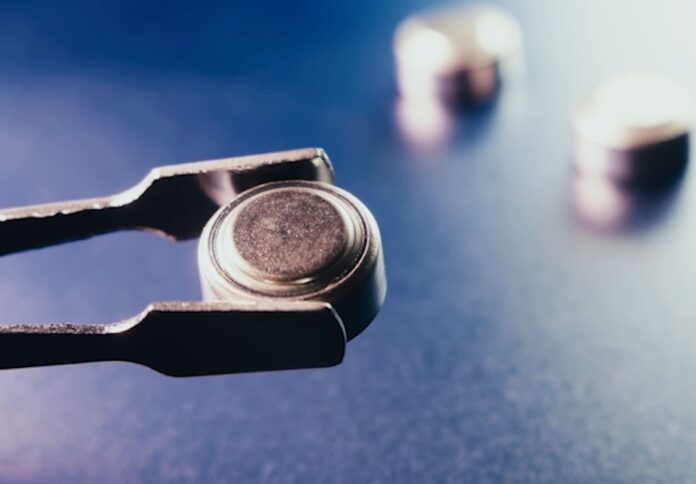
New research from Deakin University has uncovered a mechanism inside lithium-metal batteries that could prevent battery degradation and open new possibilities for next-generation electric vehicle batteries.
In a paper published in the Journal of Power Sources, researchers from Deakin’s Institute for Frontier Materials showed their discovery of the adverse effect of lithium metal creep deformation on the performance and safety of Li-metal pouch cell batteries.
The slow deformation of lithium metal, called “Li creep,” is one of the factors resulting in the degradation of the separator within a Li-metal pouch cell— the material critical to preventing a short circuit inside a battery.
Once the separator loses its mechanical integrity, the material can no longer function as a barrier between positive and negative electrodes, resulting in battery failure or fire.
Mojtaba Eftekharnia, lead researcher and senior battery engineer, said Li-metal-based batteries provide the highest specific energy among various battery technologies but due to the soft property of the material, it easily deforms under pressure.
“This study shows that current commercial separators are not mechanically compatible with the next generation of high-energy density batteries, and novel battery separators should be developed to meet the mechanical requirements,” Eftekharnia said.
The study represents the next phase in this line of research that zeroes in on separators.
“Developing separators that meet the various requirements, including mechanical strength, for battery applications would be an interesting area of research,” Eftekharnia added.
The research comes as electric-powered vehicles surge in popularity in Australia and around the world. In 2022, Tesla replaced Toyota as the prime manufacturer of Australia’s most popular sedan.
Researchers involved in the research are based at the ARC Training Centre for Future Energy Storage Technologies, which was created with a $4.4 million grant from the Australian Research Council to train and skill the next generation of workers within the energy industry.



















